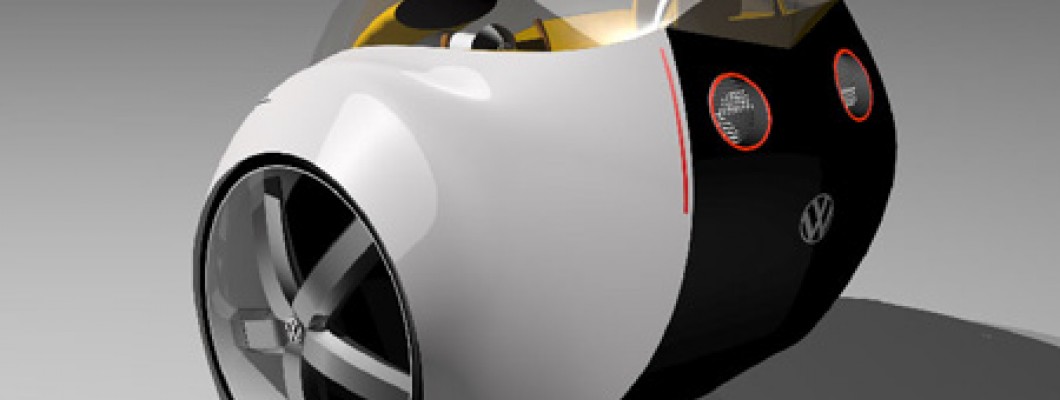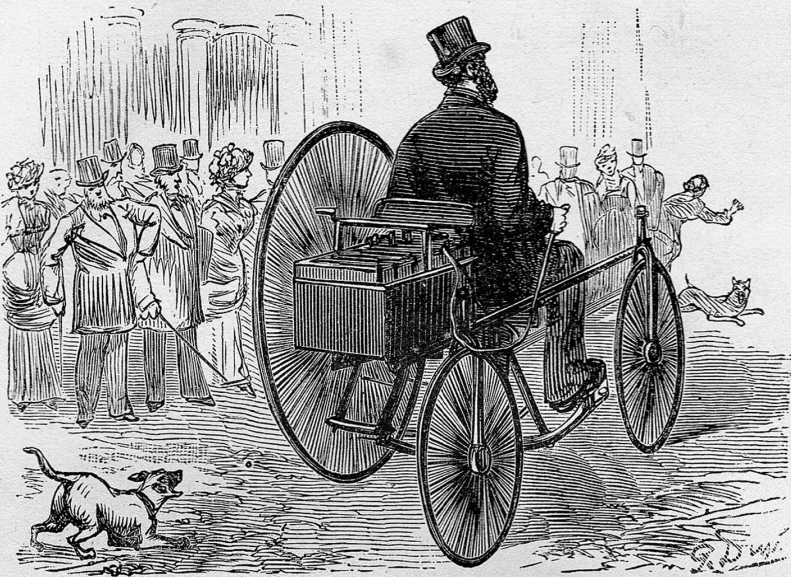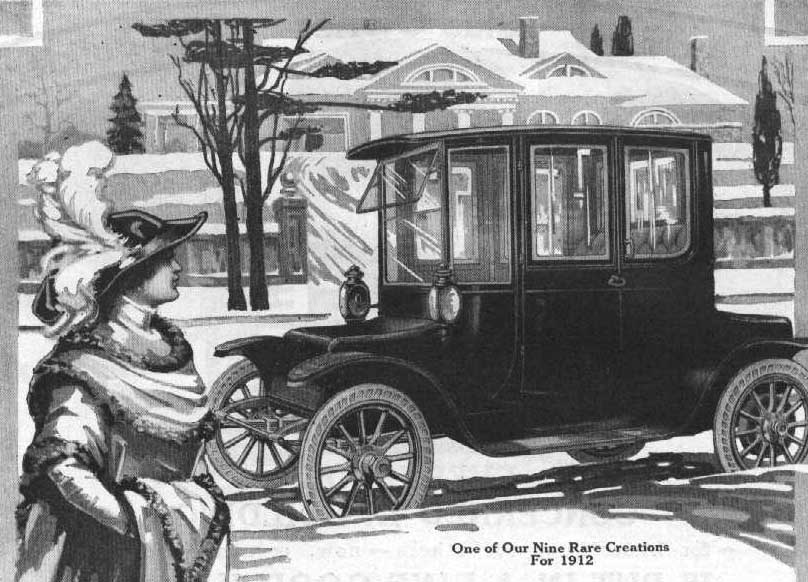
Early history
First practical electric cars

Rechargeable batteries that provided a viable means for storing electricity on board a vehicle did not come into being until 1859, with the invention of the lead–acid battery by French physicist Gaston Planté.[17][18] Camille Alphonse Faure, another French scientist, significantly improved the design of the battery in 1881; his improvements greatly increased the capacity of such batteries and led directly to their manufacture on an industrial scale.[19]
What is likely the first human-carrying electric vehicle with its own power source was tested along a Paris street in April 1881 by French inventor Gustave Trouvé.[20] In 1880 Trouvé improved the efficiency of a small electric motor developed by Siemens (from a design purchased from Johann Kravogl in 1867) and using the recently developed rechargeable battery, fitted it to an English James Starley tricycle, so inventing the world's first electric vehicle.[21] Although this was successfully tested on 19 April 1881 along the Rue Valois in central Paris, he was unable to patent it.[22] Trouvé swiftly adapted his battery-powered motor to marine propulsion; to make it easy to carry his marine conversion to and from his workshop to the nearby River Seine, Trouvé made it portable and removable from the boat, thus inventing the outboard motor. On 26 May 1881, the 5-metre Trouvé boat prototype, called Le Téléphone reached a speed of 3.6 km/h (2.2 mph) going upstream and 9.0 km/h (5.6 mph) downstream.[23]
English inventor Thomas Parker, who was responsible for innovations such as electrifying the London Underground, overhead tramways in Liverpool and Birmingham, and the smokeless fuel coalite, built the first production electric car in Wolverhampton in 1884, although the only documentation is a photograph from 1895.[24]
Parker's long-held interest in the construction of more fuel-efficient vehicles led him to experiment with electric vehicles. He also may have been concerned about the malign effects smoke and pollution were having in London.[25] Production of the car was in the hands of the Elwell-Parker Company, established in 1882 for the construction and sale of electric trams. The company merged with other rivals in 1888 to form the Electric Construction Corporation; this company had a virtual monopoly on the British electric car market in the 1890s. The company manufactured the first electric 'dog cart' in 1896.[26]
France and the United Kingdom were the first nations to support the widespread development of electric vehicles.[8] German engineer Andreas Flocken built the first real electric car in 1888.[27][28][29][30]
Electric trains were also used to transport coal out of mines, as their motors did not use up precious oxygen. Before the pre-eminence of internal combustion engines, electric automobiles also held many speed and distance records.[31] Among the most notable of these records was the breaking of the 100 km/h (62 mph) speed barrier, by Camille Jenatzy on 29 April 1899 in his 'rocket-shaped' vehicle Jamais Contente, which reached a top speed of 105.88 km/h (65.79 mph). Also notable was Ferdinand Porsche's design and construction of an all-wheel drive electric car, powered by a motor in each hub, which also set several records in the hands of its owner E.W. Hart.
The first electric car in the United States was developed in 1890–91 by William Morrison of Des Moines, Iowa; the vehicle was a six-passenger wagon capable of reaching a speed of 23 kilometres per hour (14 mph). It was not until 1895 that consumers began to devote attention to electric vehicles after A.L. Ryker introduced the first electric tricycles to the U.S.[32]


Leave a Comment